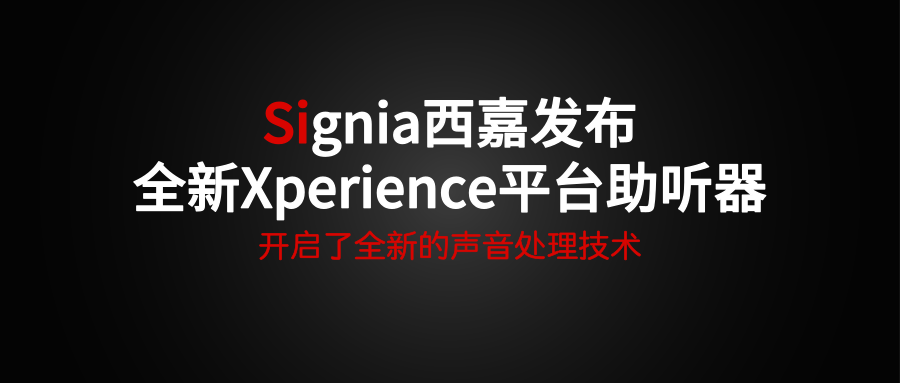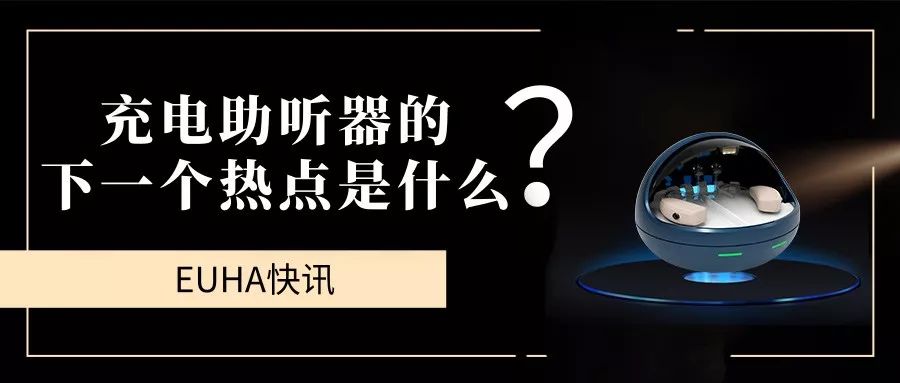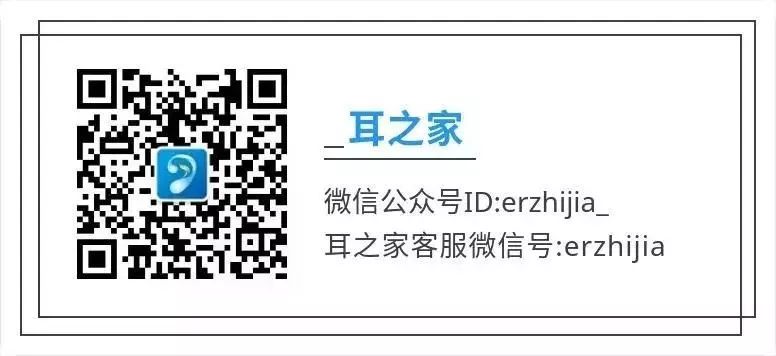
For many years, hearing aid manufacturers have used Bluetooth functionality to connect multimedia devices. About five years ago, ReSound introduced Bluetooth direct connection functionality, utilizing the Bluetooth Low Energy (BTLE) protocol to connect directly with Apple devices, particularly the iPhone. Subsequently, other manufacturers followed suit. However, there was a problem; until recently, the Bluetooth Low Energy protocol (BTLE) could only be used with Apple devices, and not with Android phones or other feature phones. Recently, Sonova (Phonak/Unitron) introduced classic Bluetooth technology, enabling direct Bluetooth connection for audio transmission and calls. Sonova believes that classic Bluetooth can meet all the needs of users with hearing loss. So, what are the differences between classic Bluetooth and Bluetooth Low Energy?
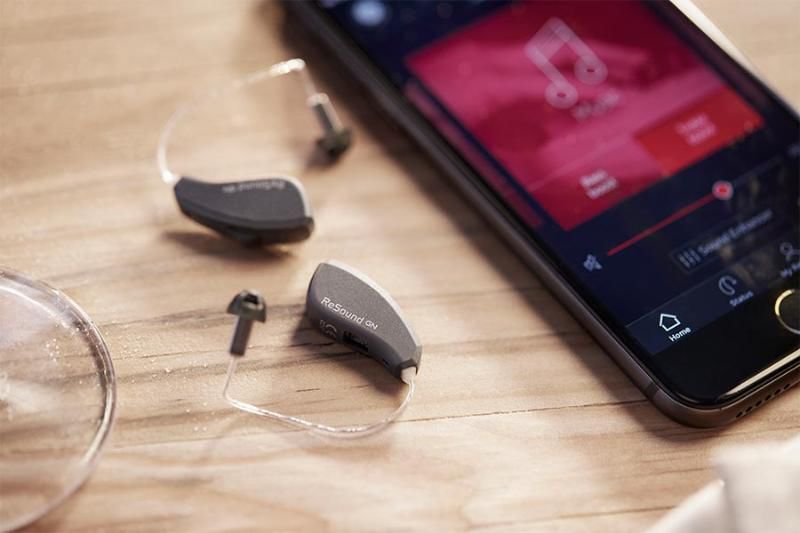
The main differences between classic Bluetooth and Bluetooth Low Energy in hearing aids lie in power consumption, data transmission capacity (amount of shareable data), and connection capabilities. Let’s take a look at each aspect.
No.1
Power Consumption
Theoretically, classic Bluetooth consumes more power than Bluetooth Low Energy, and it’s not just a slight difference. Although many hearing aid brands are using BTLE, it is still quite power-hungry, just not as much as classic Bluetooth.
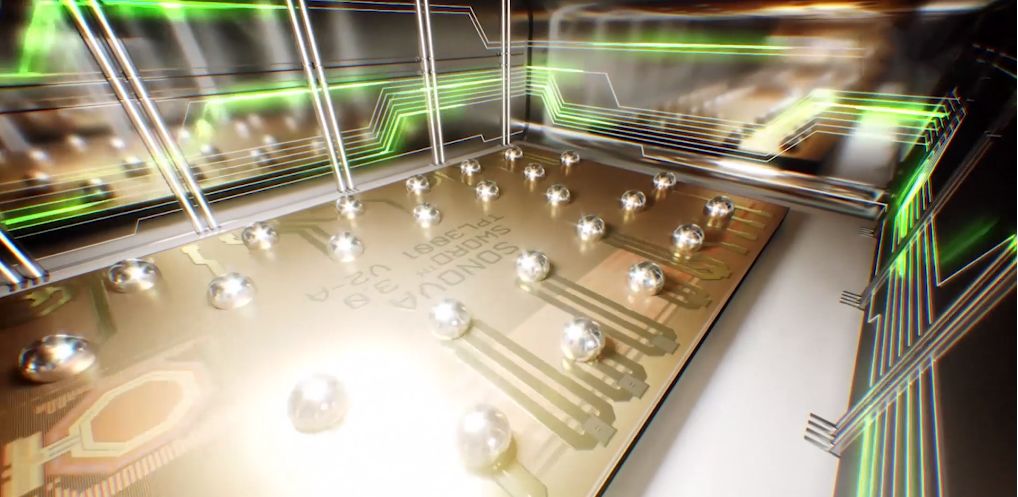
Sonova, using classic Bluetooth, has made significant efforts to reduce power consumption, investing heavily in the development of a 2.4GHz wireless chip—the SWORD3.0 chip, claiming to reduce energy consumption compared to standard Bluetooth technology. Furthermore, when remotely controlling hearing aids through a mobile app during wireless audio transmission or everyday use, Bluetooth Low Energy (BTLE) will be used to reduce power consumption. Generally, hearing aids using Bluetooth Low Energy have a longer battery life compared to those using classic Bluetooth, but the difference may be minimal. In terms of power consumption, Bluetooth Low Energy is clearly the winner, but only on a technical level.
No.2
Data Transmission Capacity
Compared to Bluetooth Low Energy, classic Bluetooth can carry more data. However, classic Bluetooth may experience signal latency issues. In fact, classic Bluetooth carries more data, allowing for better audio streaming quality. However, for Bluetooth Low Energy, manufacturers have also done extensive audio coding work, ensuring that the audio experience is sufficiently good. For most people, the differences between the two are not noticeable. Audiophiles will certainly notice this, but for most of us, both options are good enough. When it comes to data transmission capacity and audio quality, classic Bluetooth is clearly the winner, albeit only on a technical level.
No.3
Direct Connection Capability
Classic Bluetooth can be used to connect directly to almost any Bluetooth device for wireless audio streaming. It can connect to computers, all types of phones, music players, tablets, and even TVs. However, Bluetooth Low Energy can only connect directly to iPhones and iPads. Nevertheless, this situation is changing with the release of Android 10.
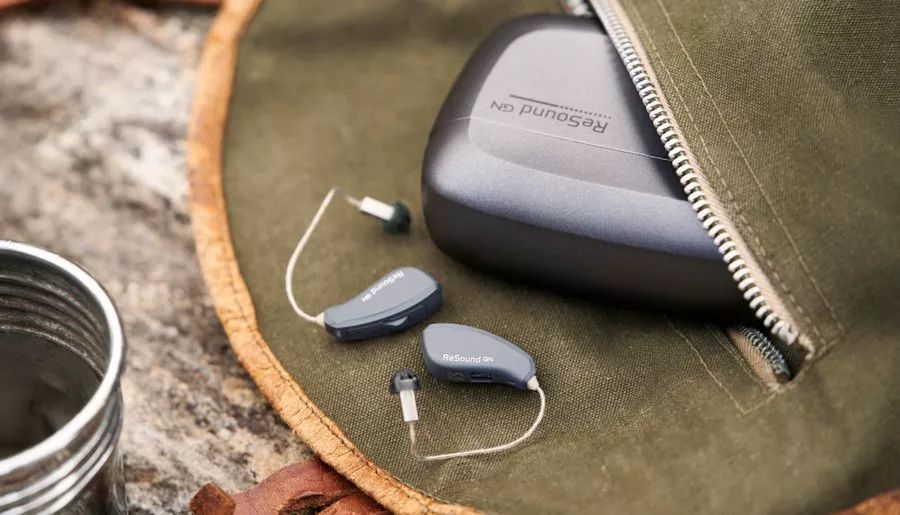
Currently, ReSound Quattro hearing aids can connect directly to Google Pixel 3 phones that have been upgraded to Android 10, enabling direct audio streaming. We can expect more hearing aid brands to introduce this technology in the future, and the variety of hearing aids compatible with Android phones will continue to grow. However, without the help of intermediary devices, these hearing aids still cannot connect directly to other phones, computers, or music devices (except Apple iPods). When it comes to direct connection capability, classic Bluetooth is clearly the winner.

Real-World Experience
The above discussion is purely technical; how does our real-world experience compare? I have experienced both technologies, using two brands of classic Bluetooth hearing aids and almost all hearing aids with Bluetooth Low Energy protocol. Here are my observations.
01
Connection Stability
Generally speaking, both systems have very good connection stability. Bluetooth Low Energy may be affected by physical obstructions; when audio is being streamed, if someone stands between the hearing aid and the phone, the audio transmission to one ear may interrupt. Once you move the phone, this issue resolves itself. In my experience, classic Bluetooth does not have this issue, primarily due to its higher output power.
Sometimes, Bluetooth Low Energy devices may fail to connect for no apparent reason; usually, restarting the hearing aid resolves the issue. I have encountered this issue once or twice while using classic Bluetooth, but it does not seem to be a major problem.
02
Audio Quality
As I mentioned, I do not perceive any significant difference in audio quality between the two; I am not an audiophile. The audio quality may vary among different brands, but this mainly depends on audio processing differences. For example, Phonak can automatically identify audio input signals to make them sound better. Not all brands do this, at least not during my experience, where other brands did not apply this technology. For me, both technologies adequately meet my audio needs.
03
Making and Receiving Calls

There is a significant difference between classic Bluetooth and Bluetooth Low Energy hearing aids when it comes to making and receiving calls. Classic Bluetooth hearing aids use the hearing aid microphone for calls, meaning you can be completely hands-free.
You can simply press a button on the hearing aid to answer the call. The hearing aid acts like a headset, directly transmitting the caller’s voice to your ear and using the microphone on the hearing aid to send your voice back. In contrast, Bluetooth Low Energy hearing aids can transmit the caller’s voice directly to your ear, but you need to speak into the phone’s microphone for them to hear you. You can resolve this issue by using an intermediary device. However, many people do not like wearing an additional intermediary device.
Using classic Bluetooth technology for hands-free calls is very simple, especially when you cannot pick up the phone for some reason; it offers many benefits, such as when driving. Unfortunately, everything has its downsides; it also has its flaws. Using classic Bluetooth to answer calls in noisy environments can sometimes make it difficult for the caller to hear your voice. When this happens, you either end the call or try to find a quieter place to talk.
Although Bluetooth Low Energy hearing aids require you to hold the phone to make calls, they do not have the issue of background noise preventing the other party from hearing your voice. This simply does not happen. In my experience, the call quality between classic Bluetooth and Bluetooth Low Energy is quite similar. When it comes to answering calls, I believe it is up to your personal preference; both technologies have their pros and cons.
04
Battery Life
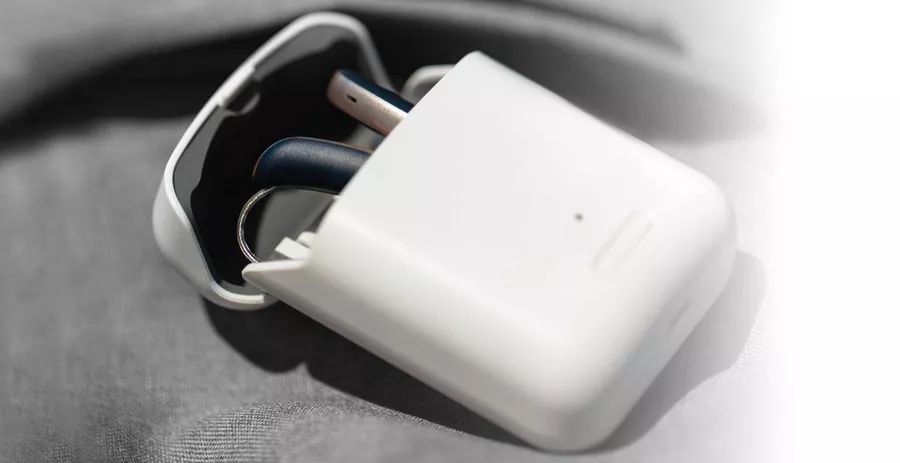
The battery life of different hearing aids can vary significantly, with many factors contributing to battery drain. Classic Bluetooth is definitely more power-hungry, but with a 312 battery, you can still use it for 3-4 days, depending on how much you use Bluetooth. In the same situation, Bluetooth Low Energy can last for 4-5 days.
For rechargeable hearing aids, both classic Bluetooth and Bluetooth Low Energy hearing aids can support a full day of use, including Bluetooth transmission. If I personally wore hearing aids, I would be concerned about the battery life of classic Bluetooth hearing aids because I would receive many calls and listen to music for long periods, sometimes adding up to 7-8 hours.

Which technology is better? I think it depends on what you want and your specific situation. Directly connecting to all Bluetooth devices is definitely advantageous, but what if your phone happens to be compatible with Bluetooth Low Energy hearing aids? Hands-free calling is great, but it doesn’t work in all environments. Bluetooth Low Energy has slightly longer battery life, but classic Bluetooth also has very good battery life. For most of us, the audio quality is very similar.
I believe the key question is: what do you want? I have outlined the differences between these two technologies, hoping to assist you in choosing your hearing aid.
END
Previous Reviews
